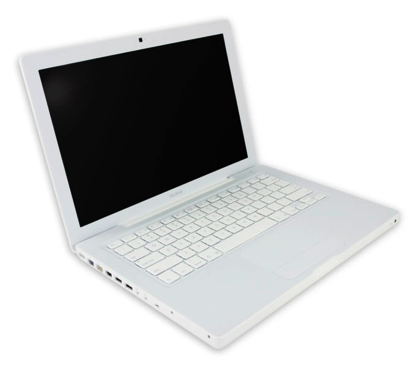
Sunday, 9 December 2007
Chosen Object

Pixilation Continued...
One Shot Film - Idea
One Shot Film
- You must use a tripod and can only move camera once.
- During the edit and include additional sound.
- You must work in teams
- You must document this process online journal.
- Traffic pollution has been blamed for tens of thousands of deaths every year across Europe.
- The cost of treating illness associated with traffic pollution across the three countries amounted to 1.7% of their gross domestic product, exceeding the costs arising from traffic accidents.
- "That's equivalent to a jumbo jet crashing every ten days. The government must take tougher action on traffic levels to reduce this appalling death toll."
- Global Warming
- There are very few areas of Britain that are safe from air pollution. Government health standards are exceeded many days throughout the year - in rural areas as well as urban. It is estimated that air pollution causes several thousand premature deaths every year. The health of 1 in 5 people is at risk from air pollution in the U.K. The people who are vulnerable are young children, pregnant women, the elderly, and people suffering from heart and lung diseases.
- How it's caused; The internal combustion engine has been developed into a powerful, reliable and compact power unit. These engines work by burning fuel in cylinders and expansion of this burning fuel pushes a piston down. The piston in turn pushes a crankshaft around; much like a person's legs pushes the pedals around the crank on a pushbike. The rotary motion of the crankshaft is then used to power the transmission that allows the vehicle to be driven at different speeds. The big disadvantage of these engines is the combination of impurities in the fuel and the process of burning it produces pollutants.The pollutants that are produced by internal combustion engines are: nitrogen dioxide, carbon monoxide, benzene, particulates and hydrocarbons. The problems associated with these different pollutants are given below:
Nitrogen dioxide: May aggravate asthma symptoms. Can cause a tightening of the chest and reduced lung function. Can make airways more sensitive to allergens such as house dust mite. By disrupting the body's natural cleansing mechanisms nitrogen dioxide may increase the body's susceptibility to viral infections.
Carbon monoxide: Slows reflexes, impairs thinking and causes drowsiness by reducing the oxygen-carrying capacity of the blood. Can increase the likelihood of exercise- related pain in people with coronary heart disease.
Benzene: A known carcinogen (something that causes cancer) that can cause leukaemia.
Particulates: Consistent correlation between particle levels and death rates. High levels of particles have also been linked with increased hospital admissions and asthma attacks. Smaller particles can carry carcinogenic particles into the lungs.
Hydrocarbons (Ozone): Irritates the mucous membrane of the respiratory system, causing coughing, choking and impaired lung function, particularly in people who exercise. Other symptoms include headaches, eye nose / throat irritation and chest pain on deep breathing. Can make airways more sensitive to allergens such as pollen. Can also impair defences against bacteria and viruses.

